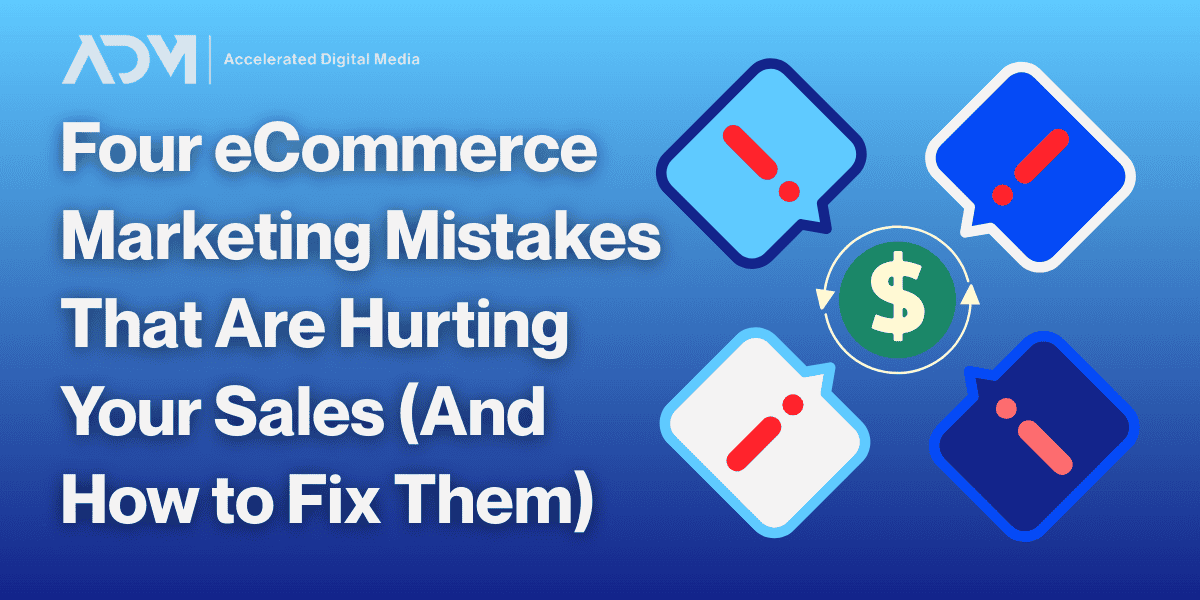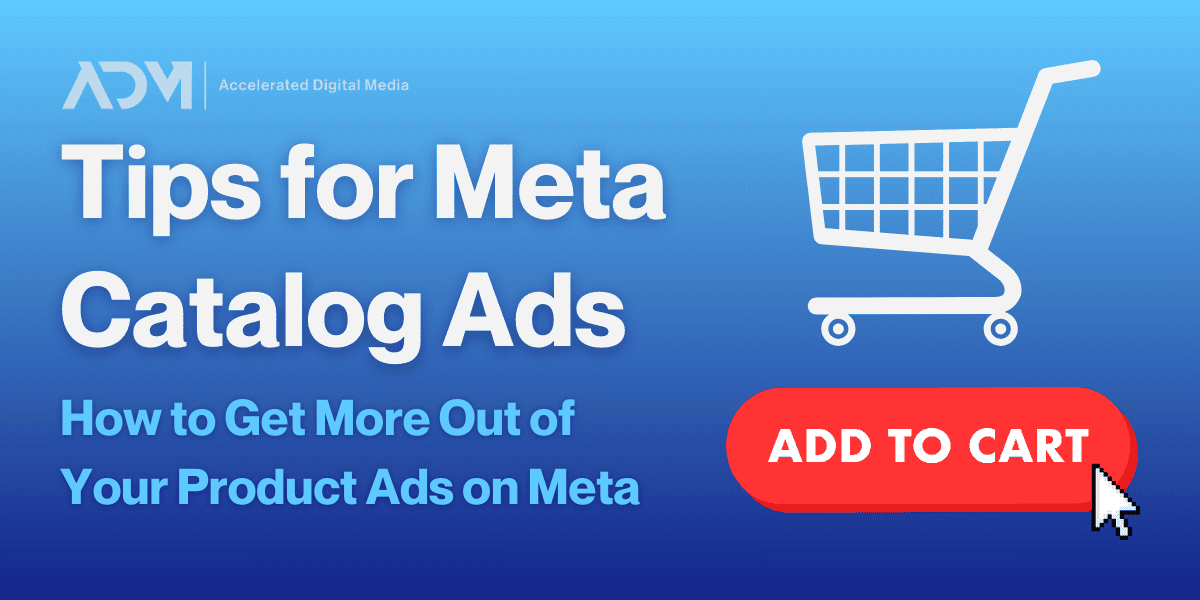Wondering if you should invest in YouTube ads? They have a few key benefits that might make you wonder why you didn’t invest sooner.
The first video advertisement, a 10-second commercial for Bulova Watches, aired during a baseball game 80 years ago. Over the decades, the number of programs and channels to advertise on has exploded, but old-school commercials still remain a volume bet.
The next revolution in video—and video advertising—is streaming. Instead of creating engaging video messages and then throwing them into a TV broadcast with fingers crossed, advertisers can now deliver affordable and highly-targeted creatives directly to your intended customers via the most popular video platform on the planet: YouTube.
Because Google owns YouTube, you can create YouTube ads from your existing Google Ads account. Here are four major reasons why your brand should invest in YouTube advertising as a key part of its Google Ads strategy.
Four Reasons You Should Invest in YouTube Ads
Streaming video is the future, and YouTube is its largest purveyor. The platform has more than 2 billion monthly users, and every month it receives more than 34 billion site visits—second to only the Google homepage. On average, 30,000 hours of new video are added to YouTube every hour.
With so much content and such an expansive user base, Google’s powerful machine learning is able to both find prospective customers and pair your video ads with the relevant content that they watch.
Plus, your reach is not limited just to content on YouTube. Google video campaigns let you choose if you want to show on third-party mobile apps or on Google’s expansive network of video partners, widening your potential reach. Likewise, you can exclude your ads from appearing alongside certain content or on different apps, allowing you to further tailor your delivery.
YouTube ads can be hyper-targeted
In the past, some brands may have skipped YouTube advertising because it is less intent-based than Google search advertising. But the greatest differentiator between Google Ads and other advertising platforms is its specificity, and that extends to its video campaigns.
Google collects reams of data on its users whether or not they have a Google account—meaning it can combine demographic details with user-expressed interests. You can deliver ads not just to audiences that are verifiably in-market for your products, but also those who are likely to be based on their web history and interests.
Here are a few forms of targeting that you can use in your YouTube ad strategy:
-
-
- Demographic: You can opt-in or out of delivering ads to certain populations based on age, sex, and even income.
- Location: As with other Google Ads, you define what regions your YouTube ads will be seen in, from entire nations down to individual neighborhoods.
- Remarketing: Using either your own customer lists or visitor information tracked by on-site cookies, you can deliver YouTube ads to users that have previously visited your website or interacted with certain features on it.
- Custom audiences: You can also create powerful custom audiences based on users’ interests and previous web activity, like websites they’ve visited or terms they have Googled. You set the parameters and Google’s algorithms begin to identify sets of users who fit the profile.
-
These targeting options allow you to mold highly-tailored audiences and ensure your ads are delivering only to those likely to invest in your products. You can also build a series of audiences and test how different groups respond to different messaging.
YouTube video ads give you multiple storytelling formats
Google’s advertising suite is always-evolving, and today’s YouTube ads are highly customizable. There are multiple ad types that your brand can use to tell its story:
-
-
- Skippable in-stream ads: These can run before, during, or after videos on YouTube. They may be any length, but users can skip past them after watching 5 seconds. You only pay when a user watches 30 or more seconds of your video—or the whole video, if it’s shorter than 30 seconds.
- Non-skippable in-stream ads: These also show before, during, or after YouTube videos, but cannot be skipped. They must be 15 seconds long or shorter. You bid by setting the amount you’re willing to pay for every 1,000 views, and Google will then optimize for the widest reach based on that bid.
- In-feed video ads: These ads don’t play during other videos, but instead appear in users’ search results when they are looking for content that may be related to your products. You are charged when a user clicks and loads your video.
-
YouTube campaigns drive both visibility and engagement
In addition to multiple ad formats, Google Ads uses machine learning to offer attributable, goal-oriented campaign approaches for your YouTube ads.
Reach
Video reach campaigns in Google Ads help you efficiently spread awareness for your brand. They can be set either to reach more users via skippable in-stream ads and bumper ads or to deliver your entire message with non-skippable in-stream ads. Reach campaigns also deepen the user experience by including product feeds, sitelink extensions, and more.
Action
Video action campaigns—which recently replaced the old TrueView action campaigns—are geared towards engagement. They emphasize actions like phone calls, queries, and sales rather than pure visibility.
Video action campaigns utilize skippable in-stream ads and in-feed ads, but also include space for additional descriptive text and a call-to-action. You can insert a button to drive more conversions, so your persuasive video ad may be paired with a prominent link to “Buy now!” or “Learn more.” Through your Google Ads account, you will be able to accurately view the conversions that your video ads drive and ensure you’re getting the most for your investment.
YouTube advertising is surprisingly cost-efficient
With its expansive audience, new engagement-focused features, and hyper-specific targeting options, YouTube ads can be a vital element of your Google Ads strategy. And even with all of these benefits, video advertising remains surprisingly cheap.
The average cost-per-view of a YouTube ad is between $0.10 and $0.30, depending on your ad quality and targeting setup. That’s significantly less than the average cost-per-click of a Google search ad. And since you’re only charged if a user watches your full video (if it’s under 30 seconds) or completes a conversion action, you know that your message is being seen and interacted with.
Should you invest in YouTube advertising?
If your brand has a story to tell, no medium can compare to video. To deliver your message with the highest degree of depth and specificity, there’s no better platform than YouTube. If your brand has avoided investing in YouTube ads in the past, 2022 may be the year to reconsider. A well-designed video campaign in Google Ads just may be the ticket to a higher profile, better engagement, and more sales.




